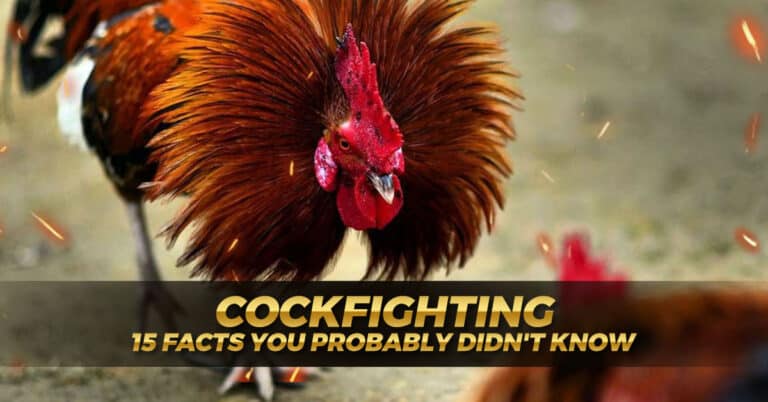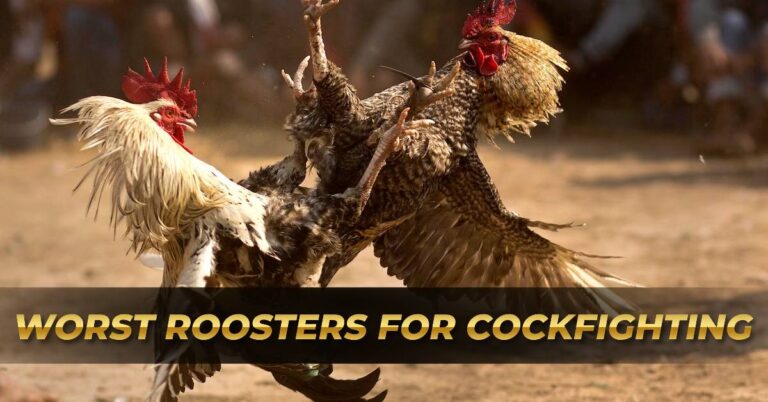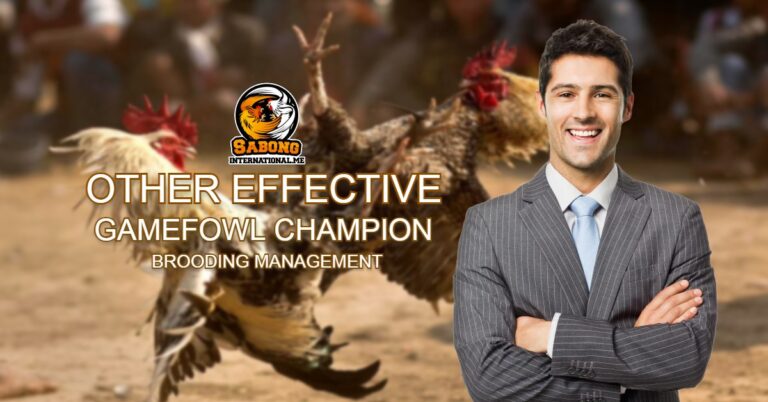Basic Gamefowl Hardening Principles
Sabong International‘s sharing technique of exercising gamefowl to increase their strength, speed, and agility is known as “gamefowl hardening.” The gamefowl is prepared for cockfighting through a combination of diet, exercise, and environmental conditions. The weeks preceding a fight are usually when a person hardens.

A good cockfighting operation depends on the gamefowl being hardened. A gamefowl that has received proper conditioning is quicker, stronger, and more agile than an untrained bird. This offers the gamefowl an advantage throughout the battle and raises its likelihood of winning.
Gamefowl Hardening Process
The hardening procedure involves gradually increasing the strength and endurance of gamefowl to get them ready for combat. Exercise, diet, and conditioning strategies are frequently combined.
The gamefowl must be fed a good meal that is high in protein and other necessary nutrients as the first phase in the hardening process. Their muscles and immune systems are strengthened as a result, too.

The gamefowl is then gradually introduced to a more demanding fitness regimen, which may involve exercises like flying, swimming, or running. Their total physical fitness will be enhanced while their endurance will be increased.
To further develop the gamefowl’s toughness and endurance, the hardening procedure exposes them to progressively demanding circumstances over time, such as extremely high or low altitudes.
Physical Gamefowl Hardening
Gamefowl hardening is fundamentally based on physical activity. It aids in the birds’ development of strength, stamina, and agility. Breeders condition their gamefowl using a variety of workouts, such as:
- Running. For gamefowl, running is an effective kind of exercise. It increases stamina and benefits cardiovascular health. Breeders generally exercise their gamefowl in a ring enclosure or on a treadmill.
- Flying. For gamefowl, flying is an additional vital workout. It aids in the birds’ development of strength and agility. Gamefowl breeders often fly their birds for brief intervals, gradually lengthening the time as the birds gain strength.

- Jumping. Exercises like jumping help gamefowl develop their explosive power. Breeders frequently teach their birds with a leaping board.
Mental Gamefowl Hardening
Gamecocks’ physical characteristics are unquestionably significant, but their mental tenacity might be just as vital. A gamecock that can take the mental and physical strain of a battle is more likely to win, and its handlers can gain from having a similar level of mental fortitude as they deal with the ups and downs of the sport.
Nutrition while in Gamefowl Hardening
Gamefowls shift physically during gamefowl hardening to get ready for battle. Increased muscular mass, better cardiovascular endurance, and a decrease in body fat are among these modifications. Breeders of gamefowl must feed their birds properly to see these changes. Gamefowls may increase their endurance, burn fat, and develop muscle with the appropriate nutrition.
Gamefowl Breeders must also make sure their birds are receiving enough nutrition to boost their immune systems. Gamefowls may have immune system deterioration during the stressful process of gamefowl hardening. Gamefowls require a robust immune system to avoid diseases and infections.

Gamefowl Housing and Environment While in Gamefowl Hardening
To survive, gamefowl need a place that is free from debris, dry, and well-ventilated. Their behavior, health, and performance as a whole might be impacted by the housing and environment you offer. Providing shelter and an environment for gamefowl during hardening should take into account the following considerations.
Housing Type
Your gamefowl’s housing arrangement is very important. Housing for gamefowls can be either private or shared. While communal housing encourages interaction among gamefowls, individual housing enables you to keep an eye on each gamefowl’s development and behavior. The number of gamefowls you have and your management methods will determine the kind of home you select.
- Housing Dimensions
Another important factor is the size of the enclosure you give your gamefowl. Gamefowls need enough room to fly around and exercise. Stress, illness, and subpar performance can all be caused by overcrowding. As a general guideline, give each bird at least 10 square feet of area.

Ventilation
In gamefowl housing, ventilation is essential. Healthy habitat for your birds is promoted by good ventilation, which helps to remove excess moisture and odors. The prevention of respiratory disorders can also be aided by proper ventilation.
Lighting
In housing for game birds, lighting is crucial. Your birds’ activity and healthy growth are encouraged by enough lighting. Their circadian cycles, which can influence their behavior and performance, are also helped to be under control.
Temperature
Another important aspect to think about in gamefowl housing is temperature. Particularly in the winter, gamefowl need a warm, dry environment. Poor performance and disease might result from a chilly and humid atmosphere.
Cleanliness
It’s crucial to keep your gamefowl housing clean. The spread of illnesses and parasites can be halted by routine cleaning and disinfection. To avoid the growth of bacteria and mold, make sure the housing is dry and moisture-free.
Conclusion
Gamefowl hardening is the process of preparing your gamefowls for battle and making them stronger and more aggressive. Proper nutrition, physical activity, conditioning, and environmental factors are just a few of the approaches and procedures that are used in this process.










